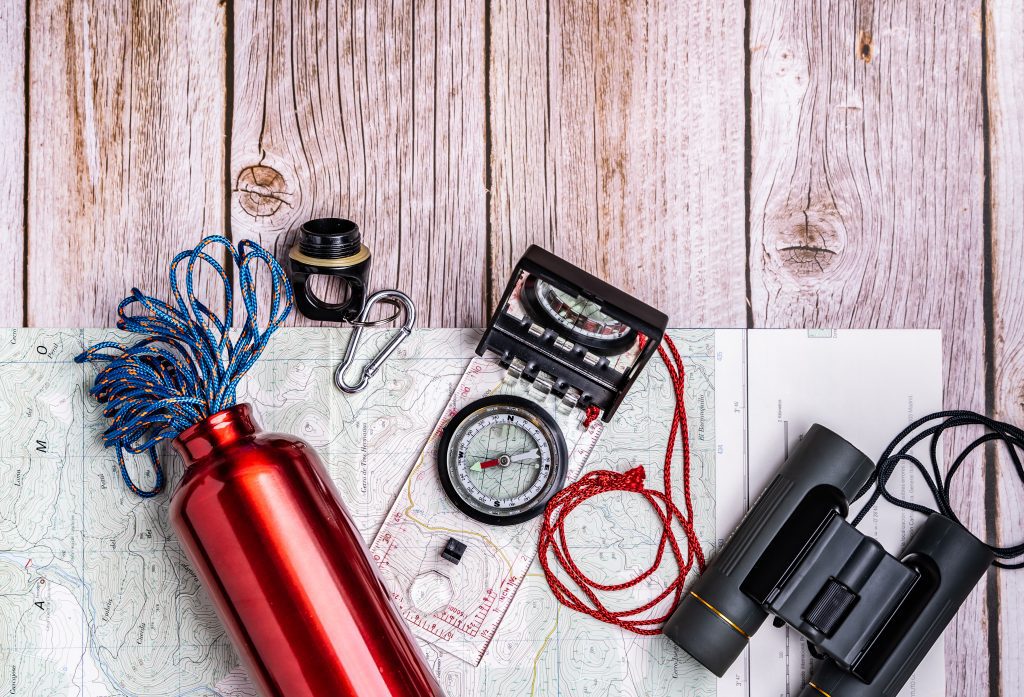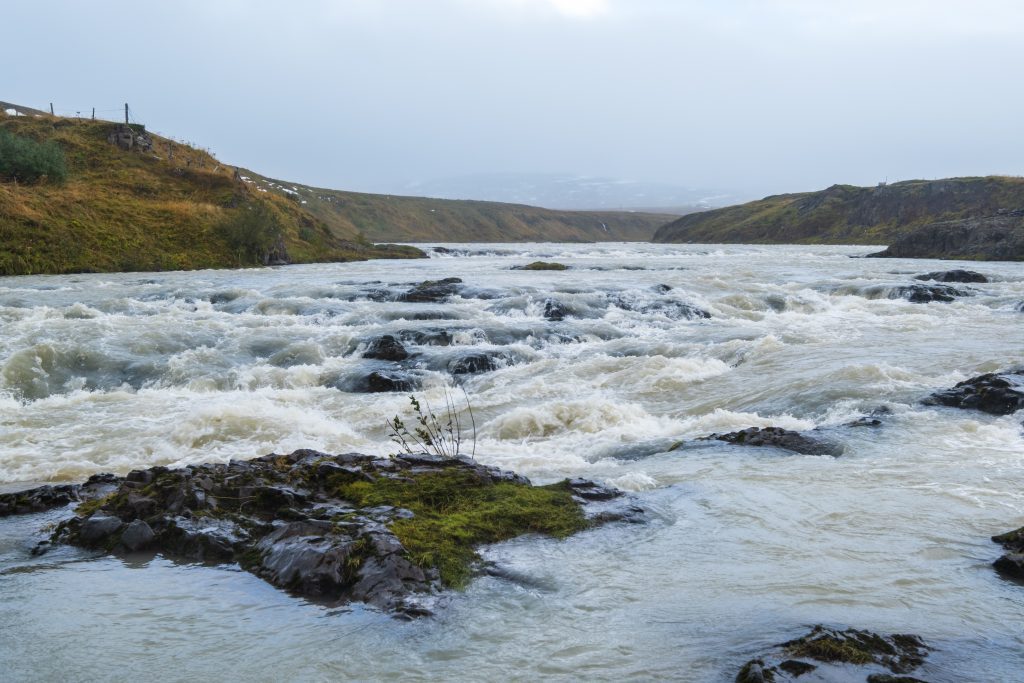Before embarking on a hike or trek in Iceland, it’s important to assess your experience, fitness level, and equipment to ensure a safe and enjoyable journey. If you’re a beginner, consider starting with easier routes and areas. Plan a reasonable distance for each day.
Leave a travel plan with us here and with someone trustworthy, making sure to update them if your plans change.
Short hikes (30 min up to 3-4 hours): Make sure to take a mobile phone with you. Even if it’s a short trip take hat and gloves and rain/windproof jacket and trousers with you since the weather can change from wonderful to terrible in few moments. Bring more clothing if needed, depending on conditions). Gps, offline map or a physical map can be useful for this length of trips. Leave a note in your car window with information whereto and for how long.

For day hikes and multiday hikes: Bring a GPS, map and a compass. If using an offline map in your phone, make sure you have already downloaded it, you know how to use it and consider to bring power bank for increased battery life. Even though there are markers on the trail, visibility can be so bad that you don‘t see from one mark to another.
Keep an eye on your travel companions in case of exhaustion or hypothermia (yes quite common in Iceland in summer).
Pack enough for your trip but not too much. A backpack too heavy can ruin a nice trip.
Check weather every day – even twice a day. This is Iceland and sudden weather changes can be drastic – even in summer. Talk to rangers and hut wardens, they know the weather in the area and what to expect.
For information regarding what to wear look at appropriate clothing
River crossing
When hiking or trekking in Iceland you need to cross rivers quite often. Some are small and clear but others are powerful and more difficult to cross. Only cross a river if you‘re 100% sure how to do it, feel good about it and are sure that you‘ll get to the other side safely. Talk to rangers and hut wardens in the area for information if the rivers are possible to cross or not. Special wading shoes, sandals or trainers are better than crossing barefoot.

Rivers often have lower water levels in the morning. Look around for a suitable location to cross. Be aware that where jeeps cross is not always good for crossing on foot. Narrow parts of the river are usually deeper than where it spreads, plus the spreading makes the current less strong.
Loosen all straps on backpacks and be sure not the have anything tied tight that could complicate things if you or anyone else might fall. Preferably wade the river with two or three other people at a time by clasping arms together at the elbows.
